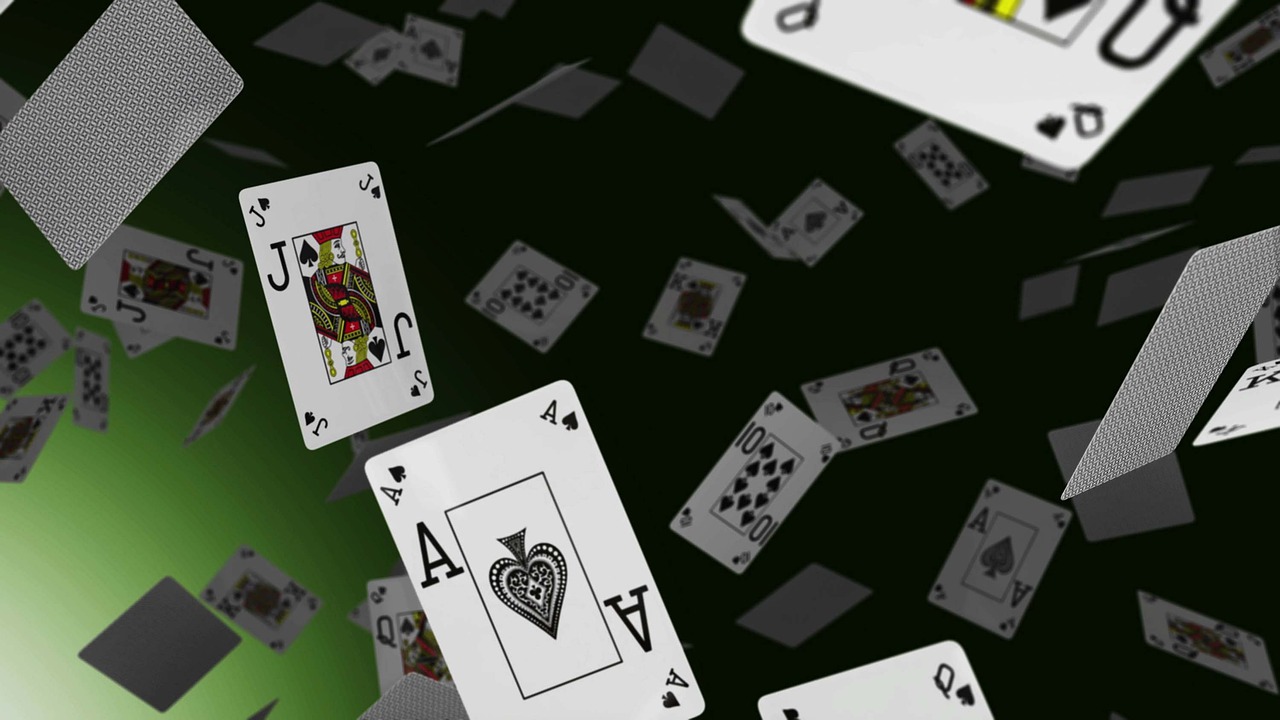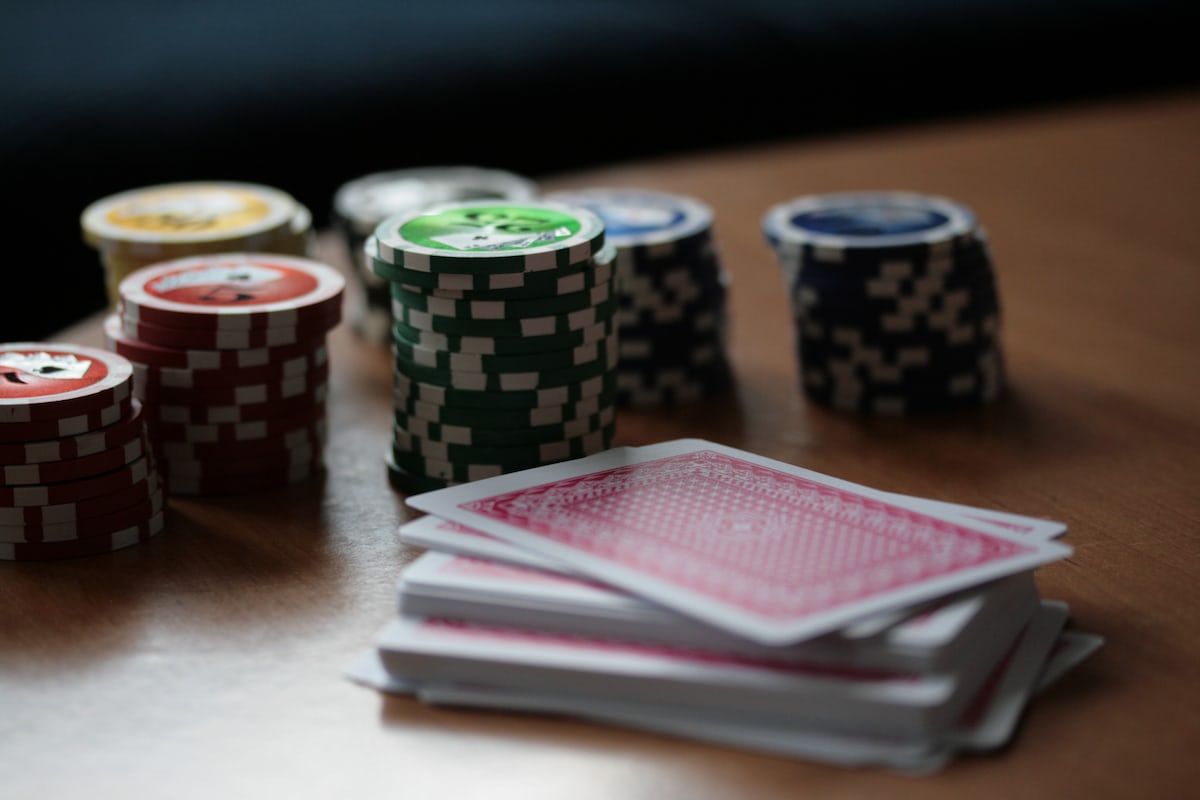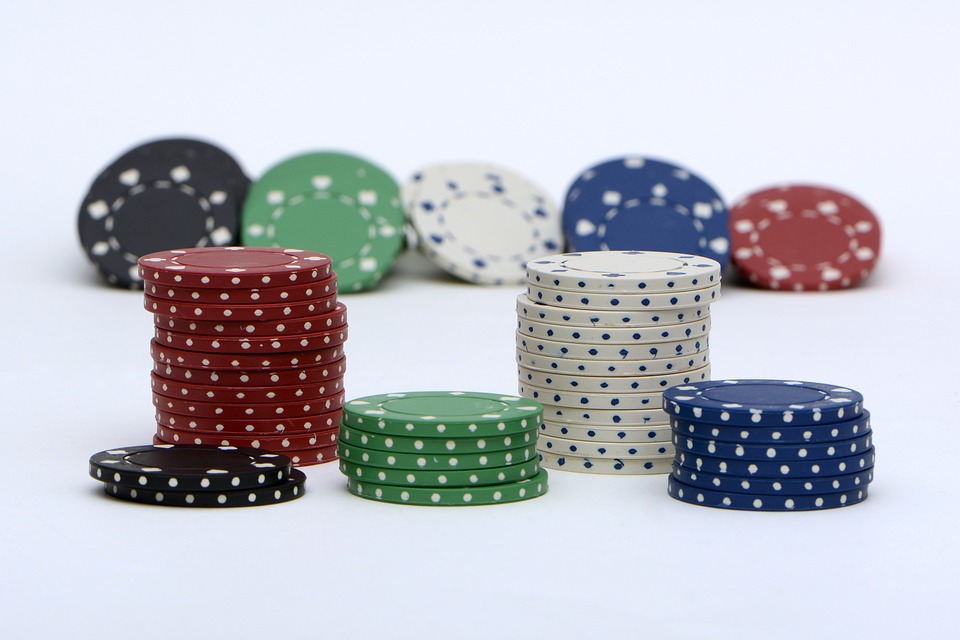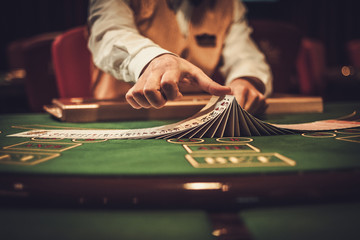Different strategies can be used in online poker to give you an advantage over your opponents. One of the most important, yet often overlooked, is bluffing. Bluffing can be a powerful tool if used correctly, but it is crucial to understand when and how to use it.
Bluffing can be defined as making a bet or raise with a hand that is not the best in an attempt to make your opponent fold. A successful bluff will usually result in you winning the pot without having to show your cards.
This blog post will discuss tips on using bluffing to your advantage in online poker. It will also touch on the importance of understanding your opponents and how to read their play.

1. Know When to Bluff
The first and most important rule of bluffing is only to do it when the situation warrants it. You should consider many factors before trying to bluff your opponents. One of the most important is the type of game you are playing.
If you are playing a cash game, where the blinds stay the same for the game’s duration, you will want to be more selective with your bluffs. This is because you can afford to wait for a better opportunity to bluff since you are not risking losing your entire stack if it does not work out.
In a tournament, on the other hand, you may need to take more risks since the blinds increase over time, and you can be at a disadvantage if you wait too long.
You should also consider your position at the table when deciding whether or not to bluff. If you are one of the first players to act, you may not have enough information about your opponents’ poker hands to make an educated decision.
It is often better to wait until you are in late position, where you can get a better read on the other players before deciding whether or not to bluff.
Pro Tip: A good time to bluff is when you have a hand that is not the best but has the potential to improve. For example, if you are holding an ace and a king in late position with several other players still to act, you may want to try a bluff since your hand has the potential to improve to a strong made hand if an ace or king falls on the flop.
2. Understand Your Opponents
To be successful at bluffing, you must understand your opponents. Poker is a game of people, and it is important to know how your opponents play.
Some players are very tight, meaning they only play strong hands and will fold more often than not when they do not have a made hand. Other players are very loose, meaning they will play a wider range of hands and may even call your bluffs more often.
It is important to know which type of player you are up against before trying to bluff them. If you are playing against a tight player, they are less likely to fold to your bluffs, so you should only bluff when you have a very strong hand.
On the other hand, if you are playing against a loose player, they are more likely to fold to your bluffs so that you can be more aggressive with your bluffing.
You should also pay attention to how your opponents have played throughout the game. They are less likely to fold to a bluff if they have played very tight.
Similarly, if they have been playing very loose all game, they are more likely to fold to a bluff. It is important to pay attention to your opponents’ tendencies and use that information to your advantage when deciding whether or not to bluff.

3. Read the Board
When deciding to bluff, it is important to consider the board. The board is used to describe community cards in a poker game. The flop is the first three community cards dealt, and the turn is the fourth community card. The river is the fifth and final community card.
You should pay attention to the board when trying to decide whether or not to bluff. If the board is very dry, meaning there are no flush or straight possibilities, it is less likely that your opponents will have a made hand.
This means they are more likely to fold to your bluff since they think you have a better hand than they do.
On the other hand, if the board is very wet, meaning there are a lot of flush or straight possibilities, it is more likely that your opponents will have a made hand.
This means you should be less likely to bluff since your opponents are less likely to fold. The key is to read the board and use that information to your advantage when deciding to bluff.
Pro Tip: If you have a weak hand, but there is a good chance that your opponents may be bluffing, you can call their bet and hope to hit something on the turn or river. Try practicing by playing free poker to hone this skill.
4. Make Your Move
Once you have considered all of the factors we have discussed, it is time to make your move. If you decide to bluff, you should do so with confidence.
Bet or raise an amount that you think will make your opponents fold. If they call, being prepared to give up your hand is crucial.
5. Be Careful
Although bluffing gives you a better chance to take the pot, it’s crucial not to overdo it. If your opponents cotton on that you’re bluffing too frequently, they’ll start seeing through your attempts, and then you won’t be able to fool them anymore.
Remember to only bluff when the situation warrants it and be careful not to overuse this tool. If used correctly, bluffing can be a great way to add an extra dimension to your game and increase your winnings.
Pro Tip: If you are new to poker or bluffing, we recommend trying free poker games. Once you feel confident in your abilities, you can begin playing for real money.

Bluffing to your advantage
Bluffing can be a powerful tool in your online poker arsenal, but it’s important to use it sparingly and only when you have a good read on your opponent.
If you can master the art of bluffing, you’ll be able to take your game to the next level. GGPoker offers some of the best poker games online, so sign up today and see how well you can do using these tips!




